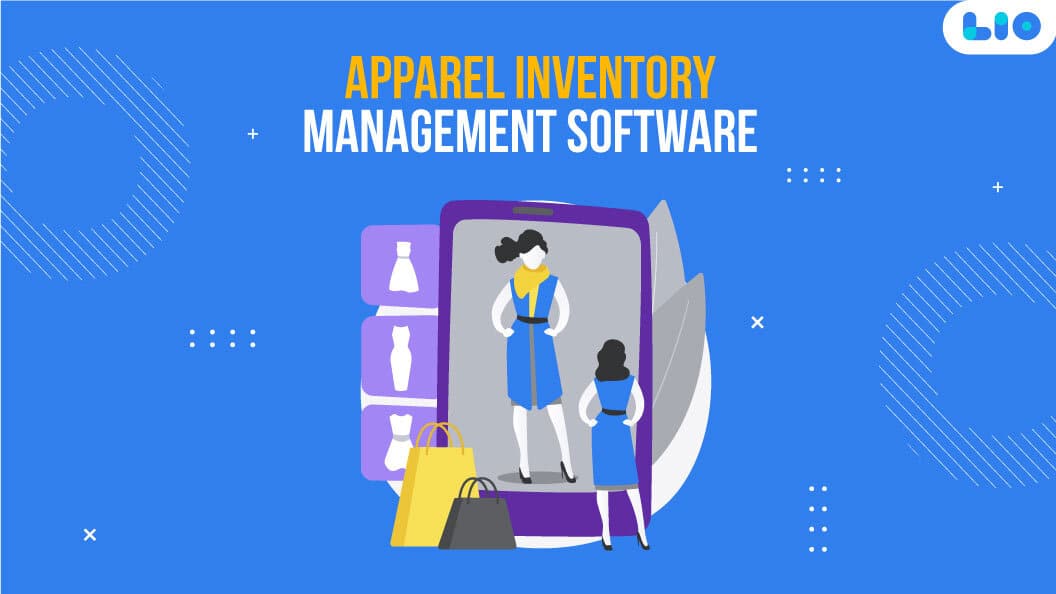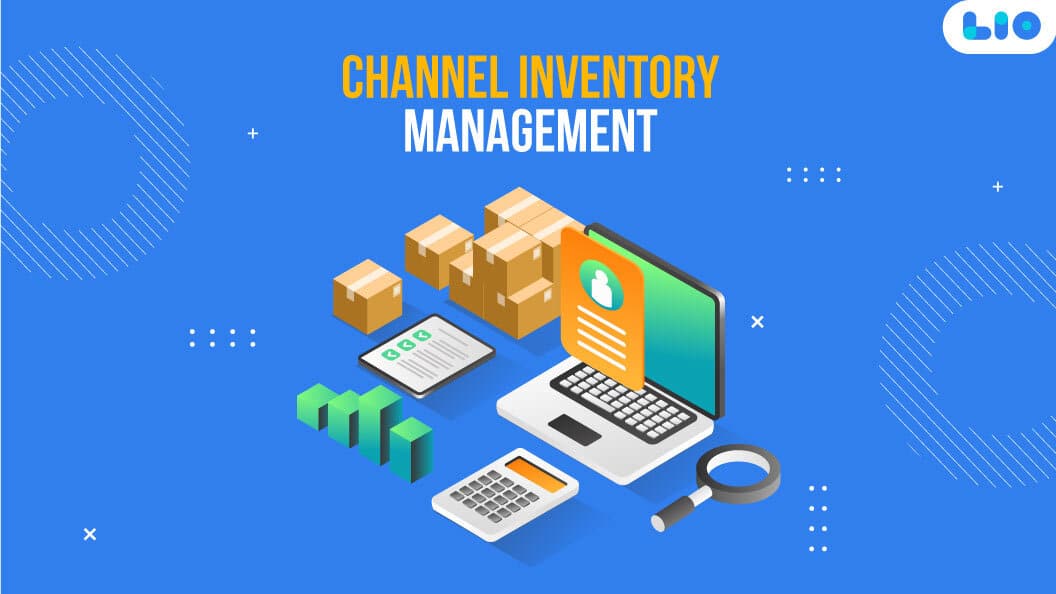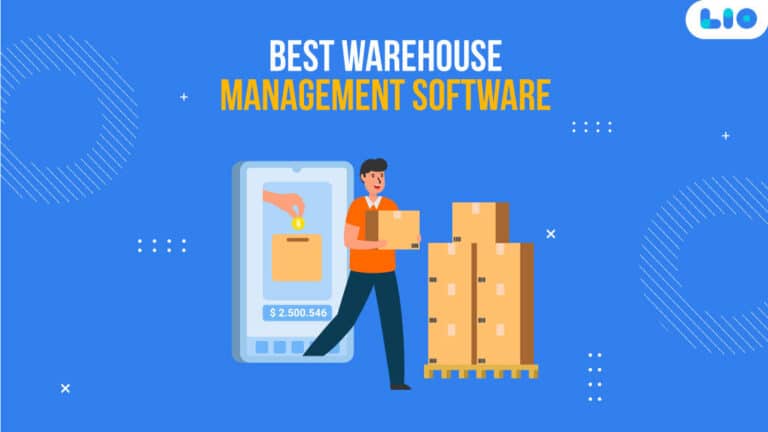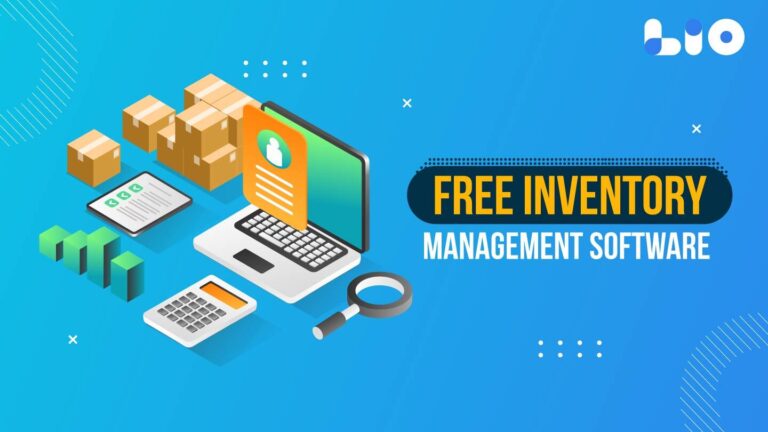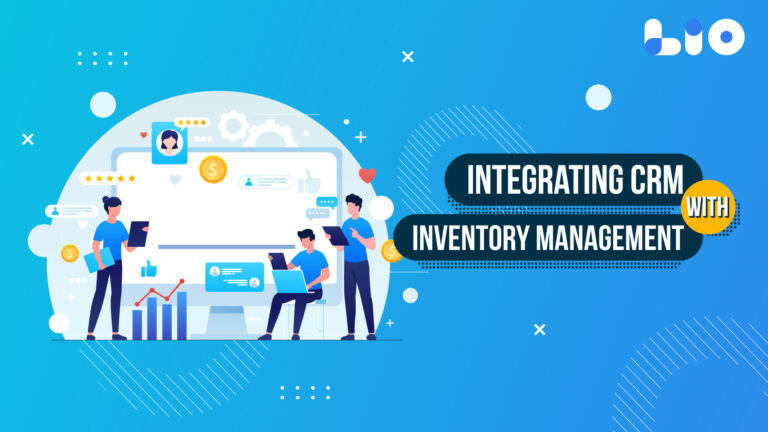Sole Proprietorship Registration In India and Everything About It
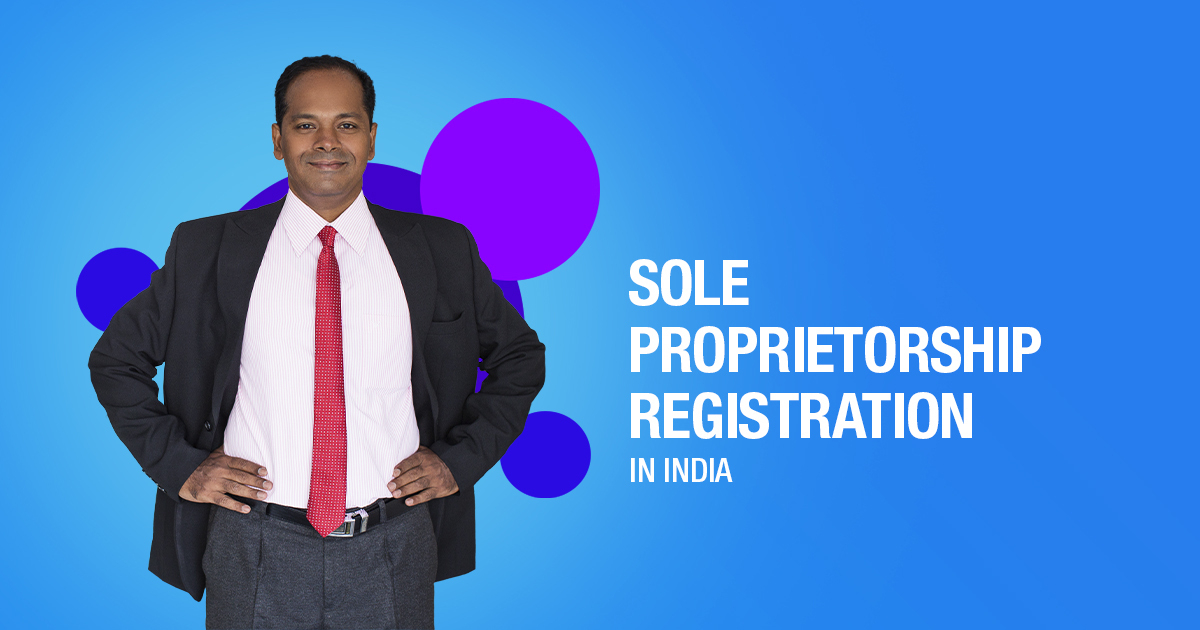
With great power comes great responsibility. As a soon-to-be sole proprietor, you must be under a mountain of tasks, but we are here to help! Here is how to go about a sole proprietorship registration in India and everything about it.
The most prevalent type of business structure is a sole proprietorship, in which one individual is the operator and is solely liable for all of the company’s debts and obligations. It is the most basic kind of entity, with the simplest compliance requirements. So how do you become a sole proprietor? Does it require registration? Keep reading to find out more.
What is a Sole Proprietor?
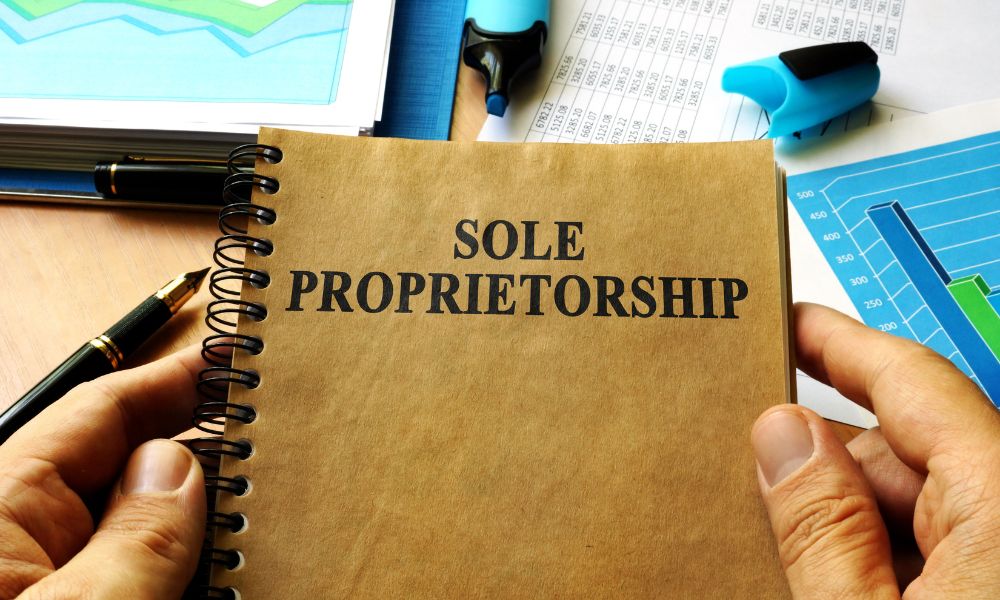
A Sole Proprietorship is a type of business structure in which a single individual controls the activities of a business. It does not, in speaking, necessitate registration. This sort of business may be chosen by anyone who wishes to establish a business with low initial expenditure.
The solitary proprietor/owner has complete authority over the company. This sort of venture may be adopted by a single individual who wishes to set up a business from home or on a property with a small investment.
The sole proprietor will invest the start-up capital for the business. He is responsible for all of the institution’s losses and gains. He manages and supervises the business and even has the authority to appoint people to run the organization, but he retains complete ownership.
As a sole proprietorship firm, you can start a variety of local enterprises such as grocery shops, parlours, boutiques, retail stores, and so on. It can be formed by even small dealers and producers.
Advantages of Sole Proprietorship
Easy to Manage
In our community, we all see a variety of establishments operating as small businesses. They are all sole proprietorships. They are simple to handle and may be conducted by a solitary person in a convenient manner.
Easy to Establish
There is no legal requirement for sole proprietorships to register. They just need certain registrations or licences based on the type of business. As a result, anyone may simply create a business using a trading name of their own. Any trade name may be used as long as it does not conflict with a trademark. The name does not need to be approved by the registration.
Smaller Investment

Just at outset, sole proprietorships can be established with a relatively small investment. As a result, it is a fantastic option for people who wish to establish an enterprise on a shoestring budget, as there is no minimum investment required to start a Proprietorship.
Bigger Pockets
Because the sole proprietor is really the only individual who runs and administers the whole firm, he or she is entitled to 100% of the earnings. No one else has a claim to a portion of the revenues.
Lower Income Tax returns
As a Sole Proprietorship only has one owner, it is not obligated to pay any additional taxes. For the purposes of calculating tax liabilities, a sole proprietor and a sole proprietorship are the same.
The Sole Proprietorship’s assets and liabilities are the same as the Sole Proprietor’s assets and liabilities. A sole owner must submit his or her regular tax return and include the earnings generated in the business on that return.
The enterprise does not necessitate a separate return. Furthermore, the tax is determined using an individual’s income tax slab rates. Other tax obligations, such as GST, will be determined by the scale of the firm.
No Audit requirement
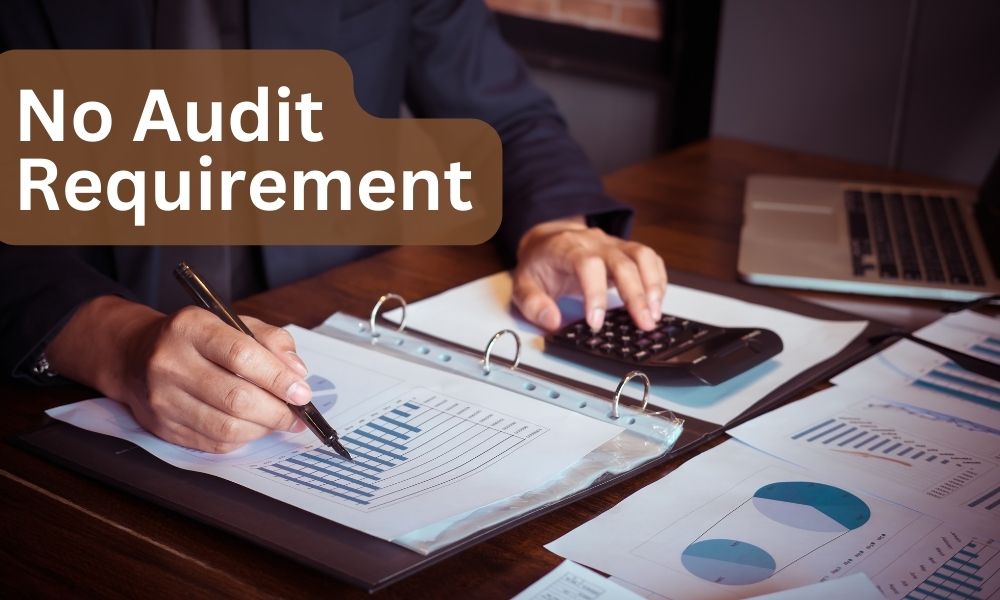
A sole proprietorship is not legally required to have its financial statements audited every fiscal year. The type of inspection will be determined by the structure of the organisation and the audit’s minimum turnover limit.
Fewer Compliances
A solitary adult can easily establish a sole proprietorship organization. There is a basic standard of compliance that must be met in order for it to be established. This type of organization is cost-effective since it is less expensive to set up than a corporation or limited liability partnership.
Control of the Business
The organization will be completely under the authority of the sole proprietor. They will be in charge of all segments of the business. Confidentiality can be preserved since the company is operated by only one individual.
Quicker Decisions

All corporate choices are made by the sole proprietor. A single individual is in charge of making decisions. As a result, choices may be made fast and without the need to consider anybody.
Documents Required For registering a Sole Proprietorship
- Aadhaar Card.
- PAN Card.
- Registered Office proof.
- Bank Account.
How to Register For a Sole Proprietorship?
The procedure for registering a sole proprietorship business is:
1. Apply for an Aadhar Card
For any enterprise to be legalised in India, an Aadhar number is mandatory. Furthermore, an IT return can only be completed if the payer has linked his or her PAN card to his or her PAN number. To secure the Aadhar number in a lawful manner, the applicant might contact the local Aadhar, Seva Kendra, or E-Mitra.
2. Apply For PAN Card
If you do not have a PAN, you won’t be able to file an IT return. A specialised government platform allows anyone to apply for a PAN for a small fee. A photograph of the applicant, proof of identification, and proof of residence are all essential documents when applying for a PAN.
After confirming the PAN registration using Aadhar e-KYC, it can be submitted online. Following that, it is evaluated by NSDL for authentication. After proper confirmation, the authorities issue the applicant a PAN number within the first week. Within 15-20 days, a printed copy of the same is delivered to the registered address.
3. Open Up a Bank Account

You should open a bank account at any authorized bank after you have obtained your PAN and Aadhar Number. PAN, Aadhar Number, GST registration, and residence and identity proof are all typical documents necessary for the application.
For address validation, the applicant might provide a duplicate of the NOC or a photocopy of the rental agreement. They can also use electricity bills for this reason.
4. Register Under any one of The three Options Available
There are some basic registrations that need to be sorted before the sole proprietorship becomes fully operational. The registration of sole proprietorship can be done in three ways. They have been discussed below.
Three methods of registering a sole proprietorship
1. Sole Proprietorship Registration Under Shop and Establishment Act
If a sole proprietor has a shop or property that he uses as business premises, he can register his organisation under the Shop and Establishment Act. Here, a shop can mean:
- A space being utilised for selling goods, either retail or in wholesale
- A place from where services are being offered to customers.
- It can also mean an office, a storeroom, a godown, a warehouse or a workplace that is being used in association with such a business or trading activity.
A production plant, a commercial organisation, a residential hotel, a restaurant, a dining place, a theatre, or any other site of public enjoyment or entertainment are not included.
If you have a store that meets shown above description, you can register your sole proprietorship under the Shop and Establishment Act by filing an application with the local municipality.
2. Sole Proprietorship Registration Through Udyog Aadhaar Under Ministry of MSME
The Ministry of MSME provides business owners with a Udyog Aadhaar, which is a unique identification number. A sole proprietor, like any other entity such as a corporation or partnership, can register for a Udyog Aadhaar.
A sole proprietor has the added bonus of obtaining a unique identification for his organization, which is also known as Sole Proprietorship Registration, in addition to being entitled to the incentives granted by the Ministry of MSME.
Under the Ministry of MSME, Udyog Aadhaar is a newer way of registering. It has substituted the former way of registering, which involved filling out forms EM-I and EM-II. Any organization may now register for the perks of the different initiatives provided by the Ministry of MSME by enrolling for Udyog Aadhar.
3. Sole Proprietorship Registration Through GST Registration
GST registration is another method of registering a sole proprietorship. If you engage in any type of trade of products and services, you can request GST registration.
It has taken on the role of the previous VAT and service tax registration schemes. GST registration is a fantastic way to give your sole proprietorship legal status. Nevertheless, there are a few essential factors to take into account before deciding on this option.
The sole disadvantage of GST registration is that it is required to comply with all regulations once registered. Every GST-registered firm is required to collect tax from consumers and submit GST returns.
It is not necessary for a sole proprietor with a revenue of less than Rs. 20 lakhs to apply for and gather up GST. However, if he decides to register in order to get his sole proprietorship registered, he would be subjected to additional compliance requirements that he could have prevented.
Also Read:
BOOMING BUSINESS IDEAS IN KERALA
BEST BUSINESS IDEAS IN TAMIL NADU
MOST PROFITABLE BUSINESS IDEAS IN JAIPUR
BEST BUSINESS IDEAS IN KASHMIR
BEST BUSINESS IDEAS IN PUNJAB
Which is the Best Way of Registering a Sole Proprietorship?
After weighing the pros and cons of all three choices, we suggest that if you are a sole proprietor with a revenue of more than Rs. 20 lakhs, you should register for GST to obtain a business identification, since it is the most commonly recognised form of identification for sole proprietorship enterprises.
If your annual sales are less than 20 lakhs, however, GST registration may not be profitable because there are several returns to be submitted after acquiring a GST Number.
If obtaining a business identity is the most important thing to you. You have the option of applying for Udyog Aadhaar or registering under the Shop and Establishment Act.

Maximize Your Online Business Potential for just ₹79/month on Lio. Annual plans start at just ₹799.
How can Lio help?
Lio is an app that doesn’t simply organise the data of a business, but it also gives an entrepreneur operational flexibility. It gives your employees instant access to information that might help an organization plan ahead of time.
A sole proprietorship can leverage this app to come to judgments quickly and take action faster than organizations that deploy ineffective data management and sharing tools. By consolidating all of your data, Lio also decreases the risk of losing important information.
The app may be used to keep track of your inventory, create monthly or weekly accounts, and generate reports. It can also help you keep track of and categorise your expenses so that you know exactly where your money is going.
Sole proprietors may use Lio to gather, filter, preserve and share data in the type of content that they need to carry out their daily business operations. Reliable personal records, as well as operational and financial data, will aid entrepreneurs in analysing the data and making the required changes to increase efficiency and profitability.
Not downloaded the Lio App yet? Here is how you can start with Lio App.
Step 1: Select the Language you want to work on. Lio for Android

Step 2: Create your account using your Phone Number or Email Id.

Verify the OTP and you are good to go.
Step 3: Select a template in which you want to add your data.

Add your Data with our Free Cloud Storage.
Step 4: All Done? Share and Collaborate with your contacts.

Conclusion
This article provided detailed information on how to register a sole proprietorship business Establishing a Sole Proprietorship with limited complexity is a simple way to establish a small business.
Because there are fewer complications, the sole entrepreneur may concentrate on growing his or her firm instead of complying with many regulations. It is a fantastic alternative for people who wish to give their business concept a platform and test out something new with a small investment.
Frequently Asked Questions (FAQs)
Who can be a Sole Proprietor?
A sole proprietorship can be established by any Indian citizen who has a current account in the name of his or her firm.
According to the sort of organization that will be formed, registering may or may not be compulsory. Banks, on the other hand, normally demand a Shops & Establishments Registration in order to open a bank account.
How Long Does it Take to Start Up a Sole Proprietorship Business?
Setting up and operating a Sole Proprietorship firm takes no more than 15 days. It is appreciated amongst budding entrepreneurs and merchants because of its simplicity. Of course, it is also a lot less expensive. Another explanation it is the most commonly employed business structure is because of its cheaper setup costs.
What Other Registrations are Needed for a Sole Proprietorship, Apart From a Current Bank Account?
It is reliant on the type of business you have. A GST registration is required for any organization with a turnover of more than Rs 20 lakhs in a fiscal year (Rs 10 lakhs in North-Eastern states).
The Shops and Establishments Act makes it essential for enterprises that trade goods or services to consumers from a commercial location to register.
Is a Limited Liability Partnership Less Expensive Than a Private Limited?
Yes, an LLP is far less expensive to manage than a private limited company. LLPs are exempt from some regulations, such as audits, unless they have a sizable amount of revenue.
In its first year, many LLPs devote roughly half as much to registrations and compliance work as private limited companies.
What are Some Common Examples of Sole Proprietorship Businesses?
From supermarkets to fast-food restaurants, as well as local merchants and producers, the majority of local companies are conducted as single proprietorships.
That isn’t to suggest that larger companies can’t function as sole proprietorships; they absolutely can. However, it is not advisable to run a jewellery store as a sole proprietorship.


